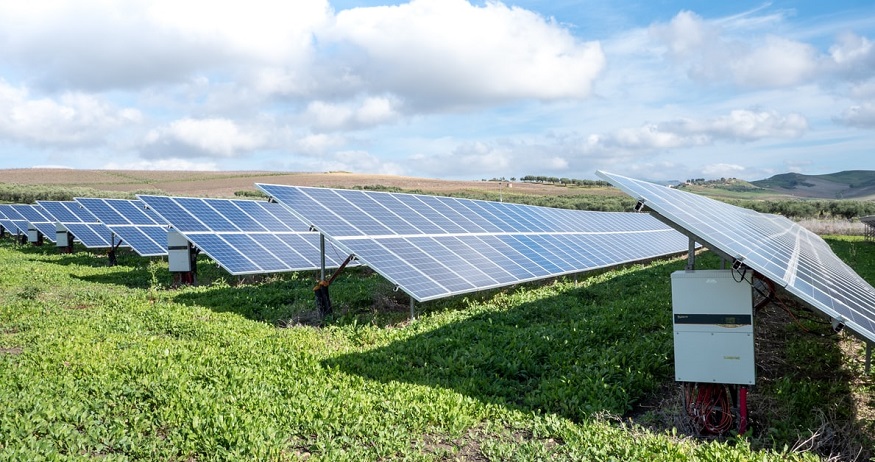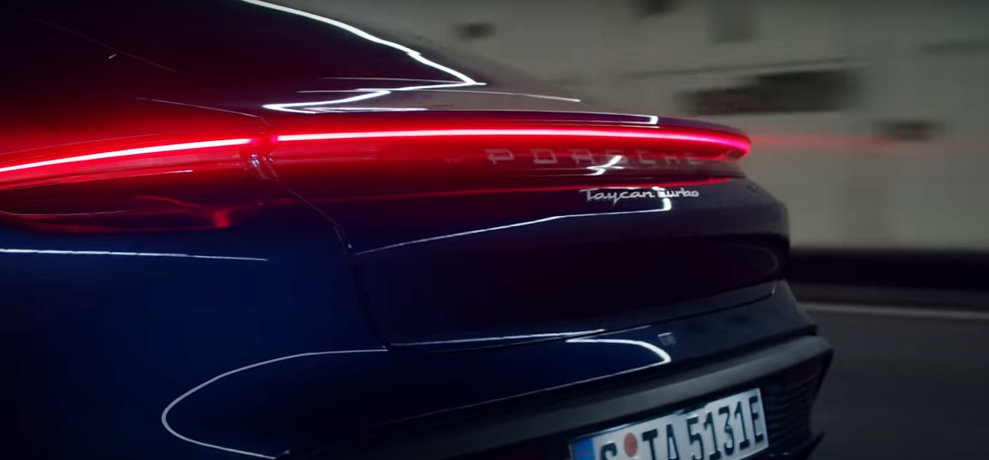
Hydrogen fueled cars taking off in China in major emissions reduction move
July 1, 2020Despite criticism for H2 powered personal vehicles, they are powering a massive green movement.
Hydrogen fueled cars may be facing strong criticism in the west, but in China, these vehicles are starting to play an increasingly powerful role in reducing emissions from the country’s roads.
New regulations are being designed for the transportation of storage of the H2 fuel for these vehicles.
China’s Ministry of Housing and Urban-Rural Development is drafting new regulations that will govern the industry surrounding hydrogen fuelled cars. The ministry has come up with its latest draft of the regulations that will govern the storage and transportation of H2 for powering vehicles. This newest version of the regulation could open new possibilities for transporting and storing hydrogen in liquid form, which is considerably less expensive than transporting and storing pressurized gas. Pressurized gas is currently the most commonly used method of H2 storage and shipping.
Current estimates are that the H2 needed to power a fuel cell vehicle in China currently costs about $10 per kilogram (70 yuan). However, experts believe that the price needs to be brought below $5.75 (40 yuan) before using this renewable energy source will be genuinely competitive with traditional gas-powered cars.
Liquifying H2 could prove to be an important step toward making hydrogen fuelled cars possible.
Liquified H2 has the potential to create adequate savings to substantially reduce the price of the fuel for powering personal transportation vehicles. Researchers at the National Development and Reform Commission in China have estimated that the cost of transporting H2 as a liquid is about one eighth of the cost associated with transporting it as a pressurized gas.
Many countries such as the United States, Japan and Germany are already widely using the transportation of liquified hydrogen for precisely that reason.
The Ministry of Housing and Urban-Rural Development has been working on the regulation for transporting and storing the H2 for hydrogen fueled cars for some time. Moreover, there have been other contributing sources, such as a national committee. Last year, it called for comments on draft technical requirements for that fuel’s safe transportation and storage.  There have been delays in the completion of that draft due to the pandemic crisis, but it continues moving forward.
There have been delays in the completion of that draft due to the pandemic crisis, but it continues moving forward.



 With over 15 years of reporting hydrogen news, we are your premier source for the latest updates and insights in hydrogen and renewable energy.
With over 15 years of reporting hydrogen news, we are your premier source for the latest updates and insights in hydrogen and renewable energy.
This article comes so close but does not mention in what form the liquid hydrogen is being transported. My understanding is that the use of liquid ammonia as a medium for transporting hydrogen should be viable. Have you any information to this effect and whether it might be under consideration for the Chinese industry?
Liquid hydrogen means cryogenic liquid hydrogen. Ammonia means ammonia. Ammonia may become a viable alternative hydrogen carrier, but the transportation costs of moving hydrogen-as-ammonia are similar to moving gaseous hydrogen in 700 bar (H70) high pressure carbon fiber tanks, or in lower pressure steel tanks. Transporting liquid hydrogen on roads or rail is about 1/4th the cost of moving gas in cylinders. At large scale, the economics of using liquid hydrogen generally become favorable. Liquid hydrogen has been in use for 60 years so the overall economics of production, storage, and use are well known. Virtually all the large scale projects currently under consideration assume gaseous or liquid hydrogen. But ammonia may find a place.
David, look up LOHC (Liquid Organic Hydrogen Carrier) on the internet – Very interesting!
It may well be an Ammonia borane, or other OCH.
@David
The article refers to transportation of liquefied Hydrogen, as it us done in e.g. Japan, the USA or in Germany. In these states, Hydrogen is usually liquefied by cooling it down to its steam temperature (=>LH2, cryogenic).
Also nowadays reliable Cryostar liquid hydrogen pumps are available to transfer or pressurize this liquid hydrogen in a limited time such as for any other liquid gas. So there is no more limitation on that!